In Part 2 of this series we discussed the reliability of the wind turbines themselves. However, the individual wind tower, whether it is on-shore or off-shore, is actually a cell in a large battery in a utility scale wind site which will have tens or hundreds of wind towers for each generation location. Presently, there is approximately 112 GW of total capacity, which includes 2 GW added in the third quarter of 2020, which is the largest total wind energy brought online in a quarter within the United States.
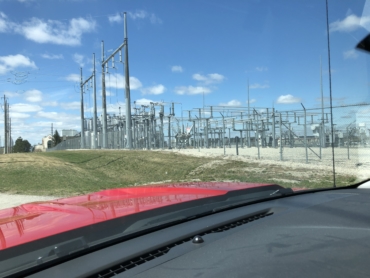
Figure 1: wind distribution system point of connection to grid
For most wind turbines the turbines generate from 480 to 690 Volts that are stepped up to ~33,000 Volts at an internal distribution transformer, which will be located at the base or top of the tower. The wind turbine site will often be laid out in a series of strings which are the ‘branches’ of the site. Each string feeds into a distribution center and then links into the national grid system. The components outside of each turbine that make up the farm are normally referred to as ‘balance of plant.’
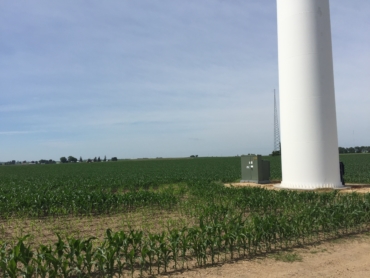
Figure 2: pad mount transformer
The balance of plant components include:
- Collector grid;
- Grounding grid;
- Circuit breakers and switchgear;
- Pad mount transformers;
- Power cable systems – in-ground;
- Fiber optic cable systems;
- Overhead cables;
- Surge arrestors; and,
- Main power transformers.
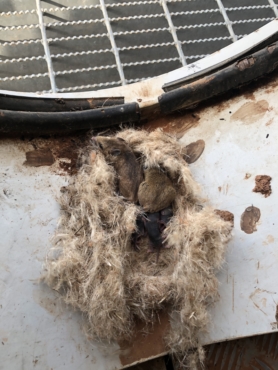
Figure 3: rodents are a common cause of defects when they look for warmth or shelter from predators
The primary defects in these areas includes cable splices (connections) and transformers. Cable splices tend to fail based upon original connections and transformers fail primarily from gassing due to continuously variable loading from the turbines.
One of the primary causes of failure in a substation is wildlife, rodents and insects. This requires mitigation as a snake or rodent crawling into a switchgear can cause a complete site to fail. Within the rest of the plant a cow or bull can damage pad mount transformer or other collector components. Site work, digging and general farm-work can also have an impact or damage equipment.
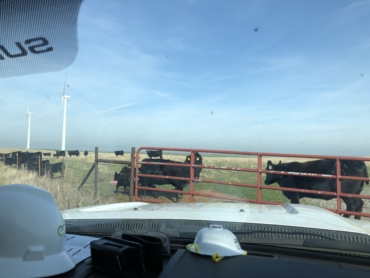
Figure 4: cattle are common on ranch-located wind farms and will shelter near turbines and pad mount transformers
The transformer issue has been an industry-wide long-term issue. Research continues into this particular area and related solutions. The primary issues appear to be related to the frequent loading and unloading of the transformers in a similar way to the wind turbines in times of low wind. The turbines may come online and offline multiple times per hour when wind conditions hover at cut-in/out speeds. The result can be arcing, harmonics and thermal cycling causing gassing or damage to the windings or bushings.
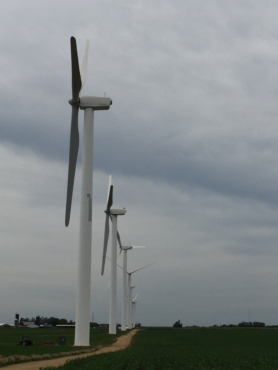
Figure 5: wind turbines tend to be on ranches and farms with cables located underground deep enough to avoid common causes of damage from equipment
Splicing defects due to improper installation or gradual thermal cycling can cause the cable connections to fail. This requires proper installation training as well as scheduled inspections and testing, usually in parallel with cable insulation testing.
The average failure rate of balance-of-plant components is not as well documented as turbine component failures but is known to be a lower failure rate than the turbine systems themselves. However, the severity of a distribution transformer or branch circuit splice can have a signficant impact on a site’s availability.
Wind power balance of plant and wind turbine maintenance plans and recommendations are published through the American Wind Energy Association “Operations and Maintenance Recommended Practices,” which is in its 2nd Edition published in 2017. The industry average availability of a wind site is in excess of 94% including production curtailment and low wind conditions. However, the average loading of a site can be as low as 35% average over a year.
In the next article we will discuss energy storage methods and how they are used to provide grid reliability for wind, solar and other variable renewable generation.










